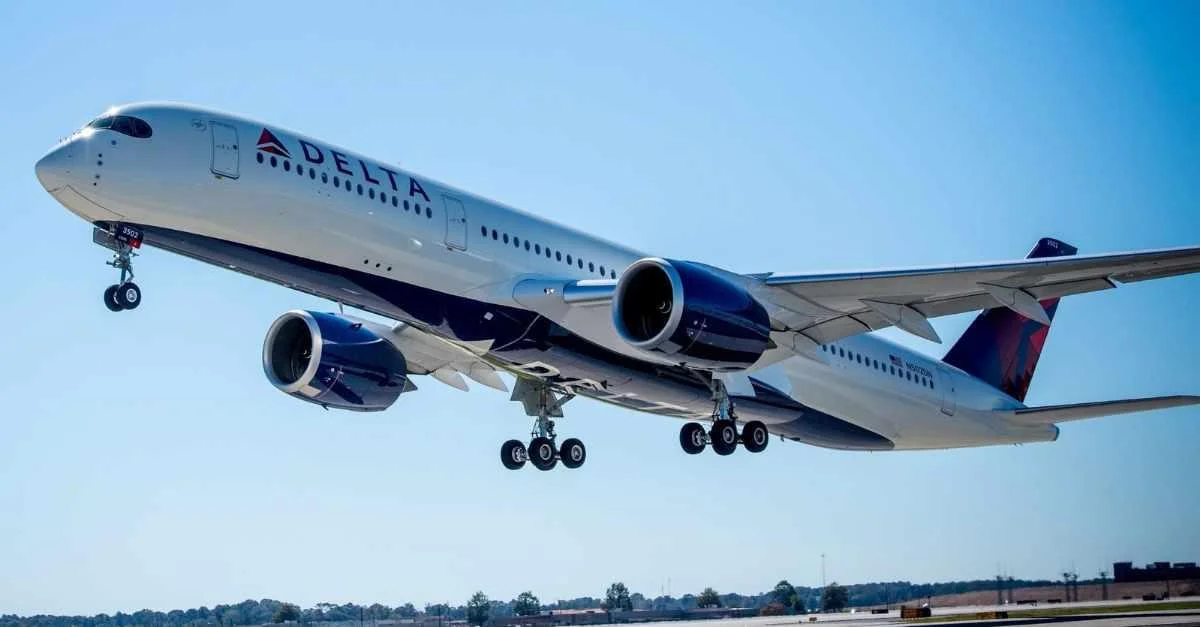Citing Forbes, around 80% of privately-owned aircraft are underutilized, suggesting that unless flown frequently, ownership might not be cost-effective due to fixed costs. Companies offering charter services, like NetJets, XO, or VistaJet, also provide hybrid solutions such as jet cards or fractional ownership, sharing costs and responsibilities.
According to private aviation analyst Doug Gollan, "If you're flying less than 50 hours per year, chartering is almost always the smarter move." The cost of chartering varies significantly based on aircraft specifications, with prices ranging from $3,500 to $18,000 per hour. Charter costs generally include the jet, crew, and operational expenses, though extra charges for specific services may apply.
Conversely, owning a private jet incurs substantial purchase and maintenance expenses but offers distinct advantages, such as control over aircraft configuration and guaranteed availability. Owners can mitigate some operational costs by chartering their jets through third-party companies, though this entails potential wear and compliance issues. Depreciation also impacts the asset's value annually.
Frequent flyers might find fractional ownership or jet cards more economical than traditional chartering. For occasional flights, on-demand chartering remains viable. The key to cost effectiveness is usage frequency, with the boundary typically drawn at 200 hours annually. Operators like NetJets and Flexjet cater to various flying needs with tailored programs.
The decision between chartering and ownership is not solely financial. Tax benefits can influence decisions, particularly in the U.S., where business jet purchases allow favorable write-offs. The image and environmental aspects of private jet usage are increasingly significant, with public scrutiny and sustainability efforts shaping industry trends.
Understanding one's flying habits, environmental priorities, and specific needs is crucial in deciding between chartering or owning a private jet. As the industry advances towards sustainability, choices considering convenience and environmental impact will be paramount.
 Alerts Sign-up
Alerts Sign-up




































